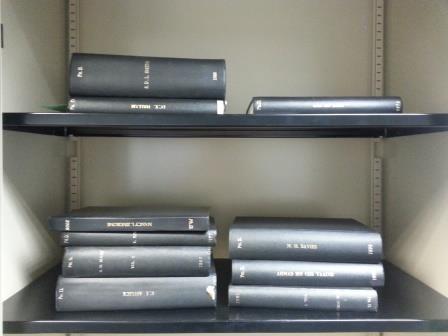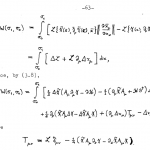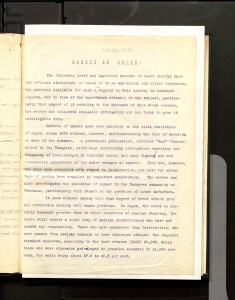Given the global impact of research at the University we probably shouldn’t have been surprised when our little Thesis Scanning Service attracted attention around the world – but we were.
To date roughly half of all orders received have come in from outside the UK. Predictably, English speaking countries such as the United States and Australia account for the majority of requests. The Center for Research Libraries (CRL) in Chicago has even become our first repeat customer; ordering four theses scans in as many months. Each thesis scanned for the CRL will eventually be made available to their users via their digital repository. For those unaffiliated with the CRL, however, they will also be available for anyone to download on our own digital repository, ERA.
Not all orders are coming in from the English-speaking world; requests have come in from countries as far afield as Japan, Israel and South Korea. While the majority of requests have been made by academic researchers, some have been for exhibitions or even family history enthusiasts. Currently, requests have been received from 13 different countries and we hope to see this number increase in future.




